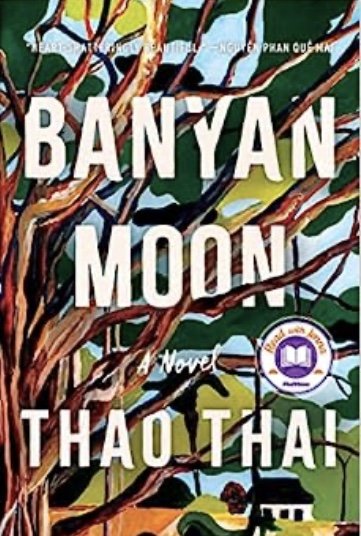Novelist as a Vocation by Haruki Murakami, translated by Philip Gabriel and Ted Goosen (Knopf)
It could be easy for readers of Novelist as a Vocation, all of them presumably writers or people who want to write, to hate Haruki Murakami. He’s a man who decided, while he was at a baseball game, that he could write a novel and then immediately proceeded to do that, again and again over the next thirty-five years. He has never suffered through a case of writer’s block because “I don’t make promises, so I have no deadlines,” and claims “I never write unless I really want to.” (When he doesn’t want to, he translates English writers into Japanese. Raymond Carver is a particular favorite.)
Obviously he’s wanted to do this every day of his life since that fateful baseball game because he’s published twenty-two books with America’s most prestigious imprint, Alfred A. Knopf. The bulk of them are novels, with five short story collections, and four works of nonfiction: Underground, a collection of interviews with survivors of the Aum Shinrikyo bombing in Tokyo’s subway system; What I Talk About When I Talk about Running (reviewed on Asia By the Book, June 2023); Absolutely on Music, his conversations with the famed symphony conductor Seiji Ozawa; and Murakami T, a slender volume that’s an annotated catalog of his impressive t-shirt collection, with photographs of each shirt.
“The thing that makes novels different is practically anybody can write one if they put their mind to it,” Murakami says generously. He then proceeds to explain why many writers produce only a few, warning that writing a novel is “time-consuming and tedious work,” an “inefficient undertaking.”
It’s also a demanding job that requires a high degree of physical fitness. “Once a writer puts on fat, it’s all over,” Murakami once proclaimed in an interview and although he admits that was a trifle harsh, he believes it’s true. Aerobic physical activity leads to an increase of neurons firing in the brain, which is why he himself has taken a run every day for the past thirty years.
A believer in schedules, his own is strict and modeled after the sort followed by an assembly-line worker. “I punch in, write my ten pages, and then punch out.” Those ten pages are written in Japanese and amount to the “equivalent of sixteen hundred English words,” every day. If he finds himself wanting to write more, he makes himself stop; when he doesn’t feel like writing, he still produces his ten pages. Although he’s been told that’s not how artists work, he counters with “Why must a novelist be an artist?”
A passionate reader, Murakami began to read novels written in English when he was in high school and when he began writing his first novel, he wrote it in English. When he translated it back into Japanese, he found he had hit upon a new style of writing, not conventionally literary but completely his own. He’s coupled this with his decision to “omit all explanations,” and to ignore “conventional logic and literary cliches,” using these principles to create novels that are unlike any others.
“Read,” he tells prospective writers, “Observe. Remember.” Quoting James Joyce, Murakami says “Imagination is memory…fragments of memory that lack any clear connection with one another.”
More than once, Murakami insists that he is a very ordinary person, “the type who’s always shown to the worst table in restaurants.” He may have that facade. In fact, as a man who treasures his privacy, he probably works hard to maintain it. But his extraordinary writing has taken him far beyond the ordinary—his agent, his editor, the men who have been his publishers, both at Knopf and the New Yorker, have all been glittering literary stars among whom Murakami does more than hold his own. Choosing to move from Japan to the East Coast, insisting on choosing his own translators and working with them to create a manuscript in English that he then presents to his agent, regarding literary prizes with an aristocratic disdain, the man may be ordinary. The writer is not.
Although he may never write his autobiography, Murakami has given abundant glimpses of himself and his opinions in this collection of essays. He reveals a man who rebelled against Japan’s educational system and chose his own way of learning, who turns his back on Japan’s aversion to those who “go against the flow” and praises originality instead, who submits his writing first of all to his wife for her opinion and then chafes against her constructive criticism. Anyone who reads this book is going to come away with a yearning to have a beer and listen to jazz with Haruki Murakami, that “ordinary guy” with a far from ordinary mind.~Janet Brown






